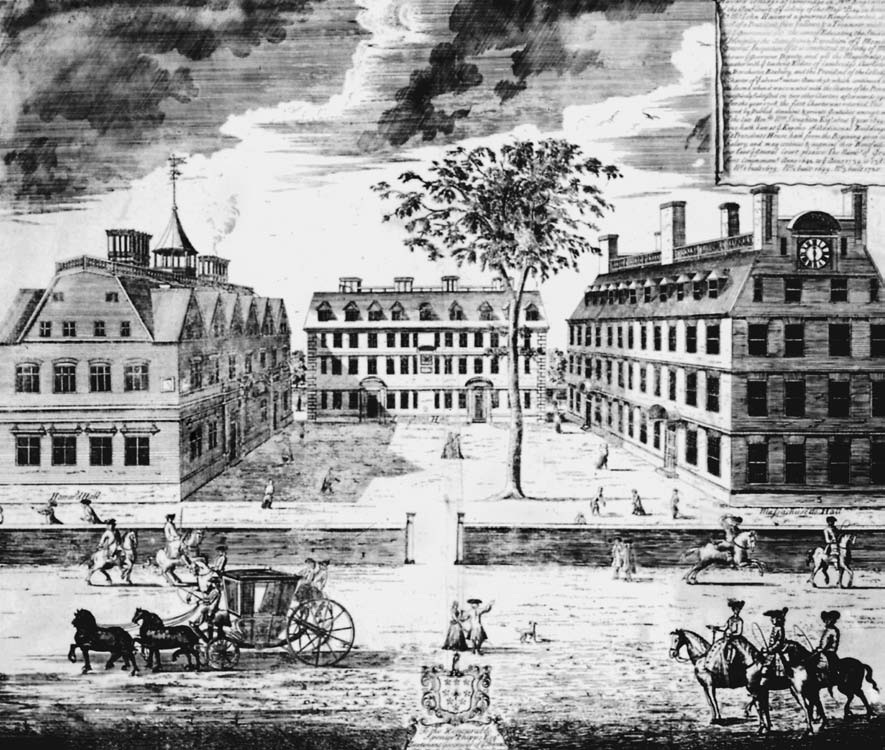"In just 30 years, rates of college enrollment changed drastically, begging the question: how much societal and economic changes can occur in such a short time span?" -Annabelle Fields

In 1985, college enrollment dipped by 3%. In 2015, the same thing happened-- and is continuing to happen to this day. In just 30 years, rates of college enrollment changed drastically, begging the question: how much societal and economic changes can occur in such a short time span?
College prices in America have been rising steadily since the first universities opened in the 17th century. Enrollment in college, however, has been dwindling. In 1985, under the Reagan administration, college enrollment dipped by .2 million people (according to the NCES). Today, under the Obama administration, college enrollment has been dropping steadily for the past eight semesters in a row (according to the Hechinger Report). This correlation could be due to multiple factors, including cost, presidential support, the state of the economy, as well as shifts in the societal perception of higher education.
According to College Board, college is more expensive today than ever before. In 1985, tuition increased 30%--the most dramatic increase to date. This sudden, dramatic increase in price could have deterred students from enrolling--similar to today. Finding ways to afford college is daunting for every student, but especially for those students who are paying their own way through.
Presidential support also had an effect on college enrollment. Peter Lunenfield from Salon Media Group writes: “Reagan’s two terms as president, dedicated funding for outright grants-in-aid decreased, federal guidelines pushed individual loans, and private bill collectors were brought in to ensure that the hardest kind of debt to escape was whatever you took on for your education. Even more important was the shift in tone and expectation. Public goods became private services, and by the end of the 1980s, the anti-tax, infra-structure-starving, neoliberal Weltanschauung meant that as states cut their budgets, support for higher education was thrown into a cage match with every other necessary public good.”
College prices in America have been rising steadily since the first universities opened in the 17th century. Enrollment in college, however, has been dwindling. In 1985, under the Reagan administration, college enrollment dipped by .2 million people (according to the NCES). Today, under the Obama administration, college enrollment has been dropping steadily for the past eight semesters in a row (according to the Hechinger Report). This correlation could be due to multiple factors, including cost, presidential support, the state of the economy, as well as shifts in the societal perception of higher education.
According to College Board, college is more expensive today than ever before. In 1985, tuition increased 30%--the most dramatic increase to date. This sudden, dramatic increase in price could have deterred students from enrolling--similar to today. Finding ways to afford college is daunting for every student, but especially for those students who are paying their own way through.
Presidential support also had an effect on college enrollment. Peter Lunenfield from Salon Media Group writes: “Reagan’s two terms as president, dedicated funding for outright grants-in-aid decreased, federal guidelines pushed individual loans, and private bill collectors were brought in to ensure that the hardest kind of debt to escape was whatever you took on for your education. Even more important was the shift in tone and expectation. Public goods became private services, and by the end of the 1980s, the anti-tax, infra-structure-starving, neoliberal Weltanschauung meant that as states cut their budgets, support for higher education was thrown into a cage match with every other necessary public good.”
Current President Barack Obama has a different mindset regarding higher education. The White House website has an entire page devoted to goals for American college enrollment. It states: “President Obama challenged every American to commit to at least one year of higher education or post-secondary training. The President has also set a new goal for the country: that by 2020, America would once again have the highest proportion of college graduates in the world.” Political figures have a large impact on the public’s opinion of issues. Could President Reagan and President Obama have impacted enrollment in college?
According to the National Center for Education Statistics, “undergraduate enrollment increased 47 percent between 1970 and 1983, when it reached 10.8 million. Undergraduate enrollment dipped to 10.6 million in 1984 and 1985, but then increased each year from 1985 to 1992, rising 18 percent before stabilizing between 1992 and 1998.” The Hechinger Report declares that “Enrollments at colleges and universities dropped for the eighth semester in a row this fall, down nearly 2 percent below what they were last fall[...]”
The economy in 1985 was incredibly similar to 2015’s economy. LPL Financial Research compared the two years, revealing the similarities. In both years, the federal reserve was tightening, 93% of consumers rated it favorably, and job creation was in the hundred thousands. These decades were similar, despite the 30 year gap. In other words, the economy affects enrollment while political rhetoric has little impact. What will the next 30 years bring? Stay tuned.


